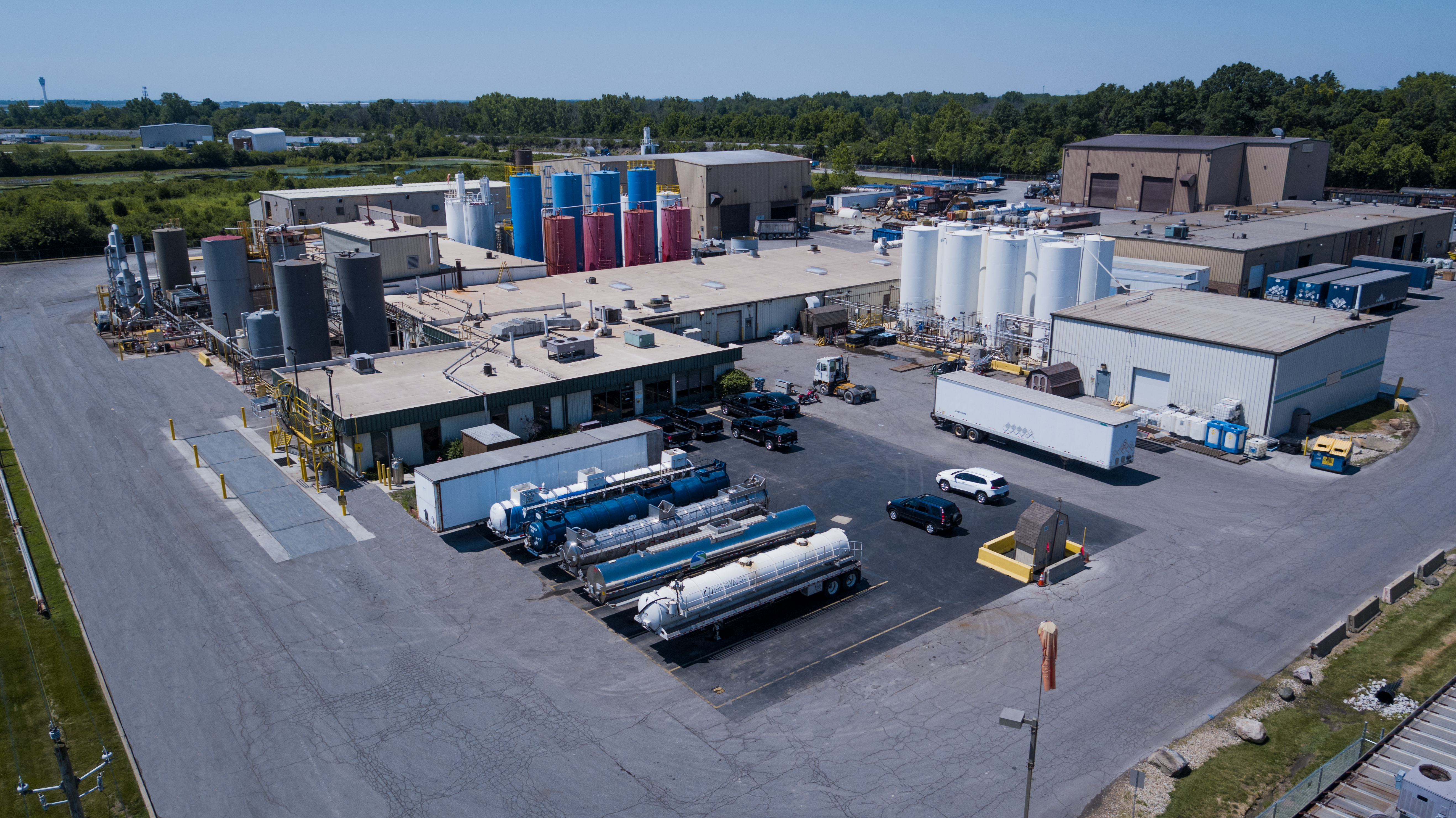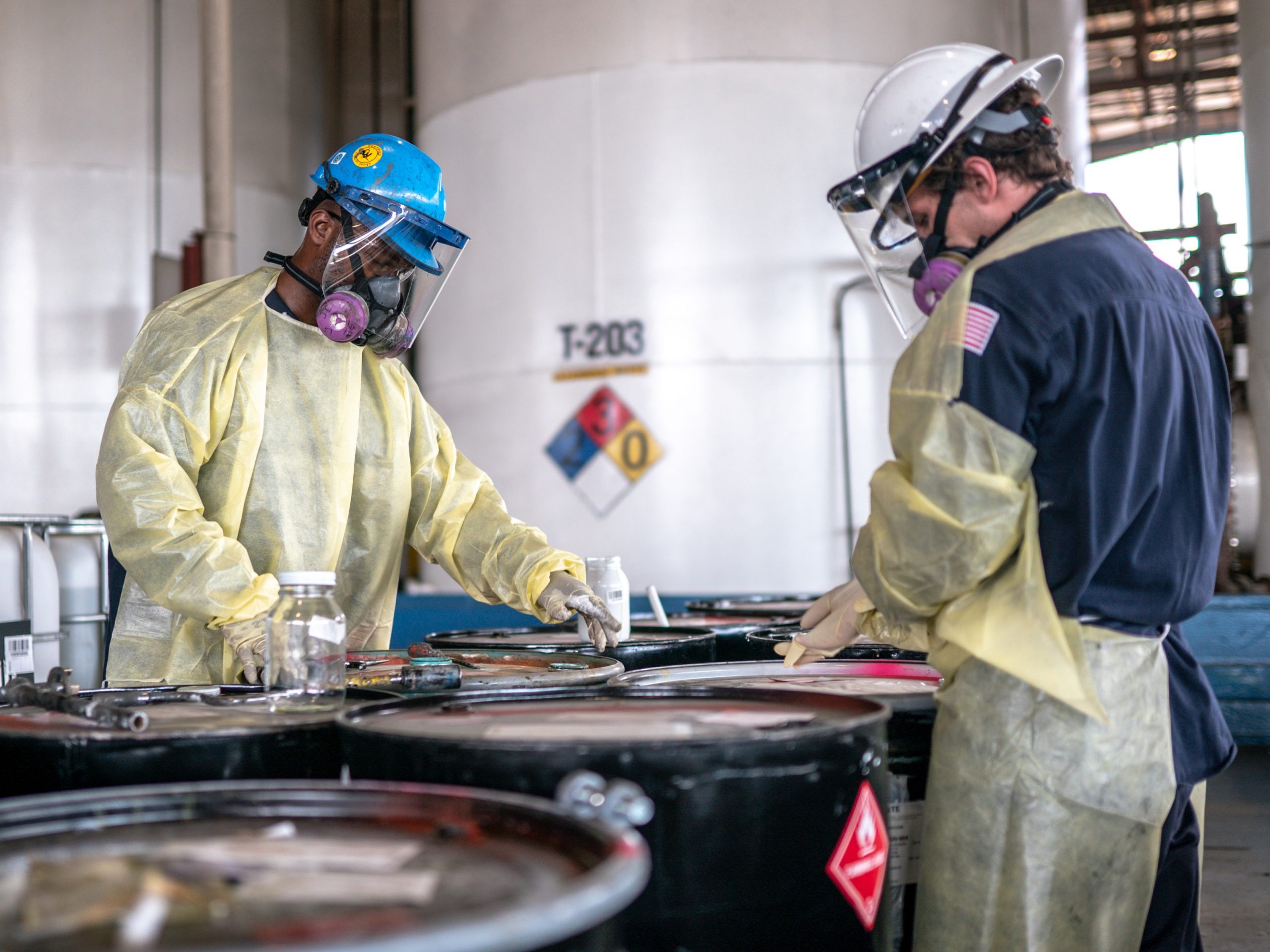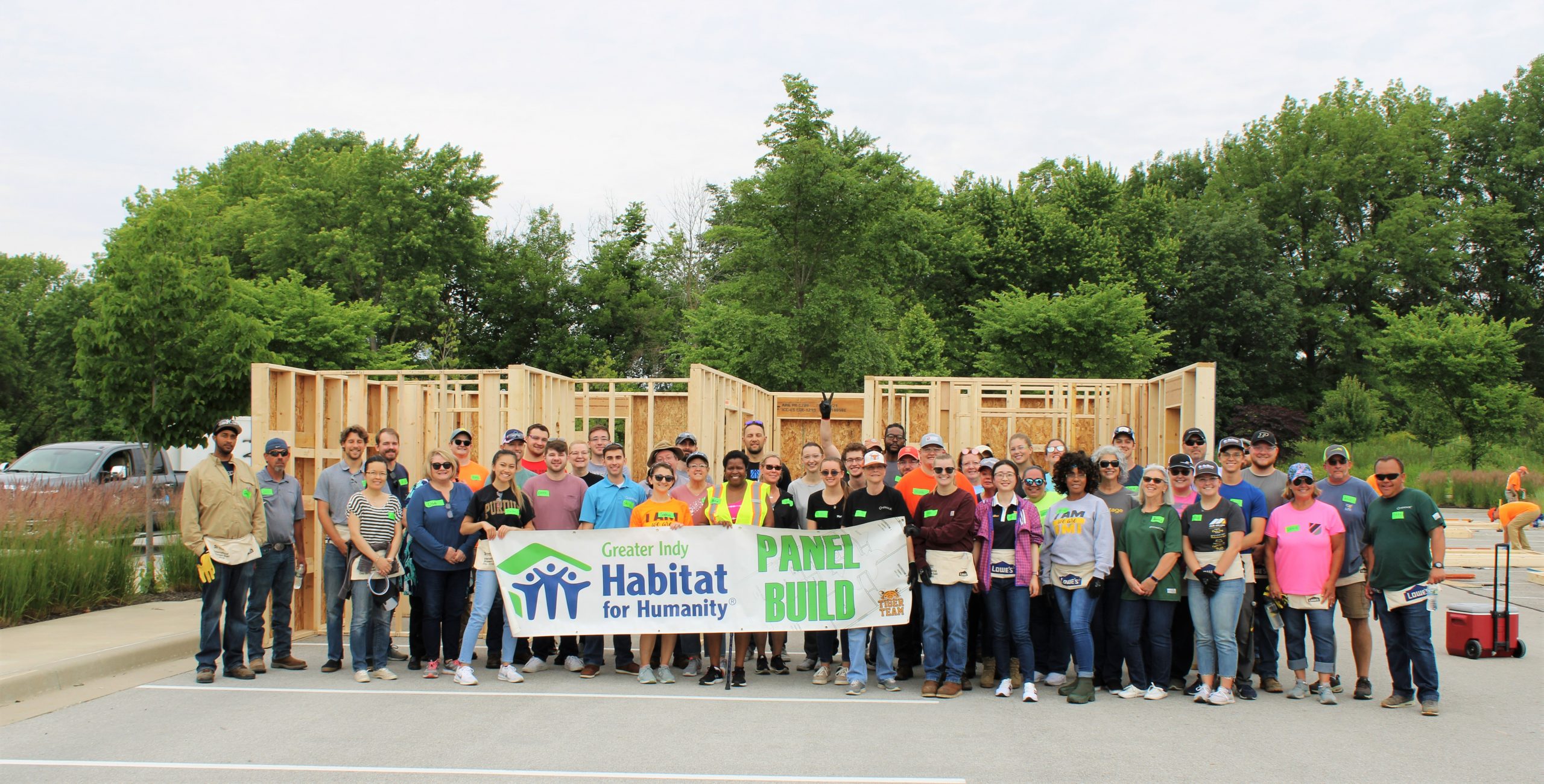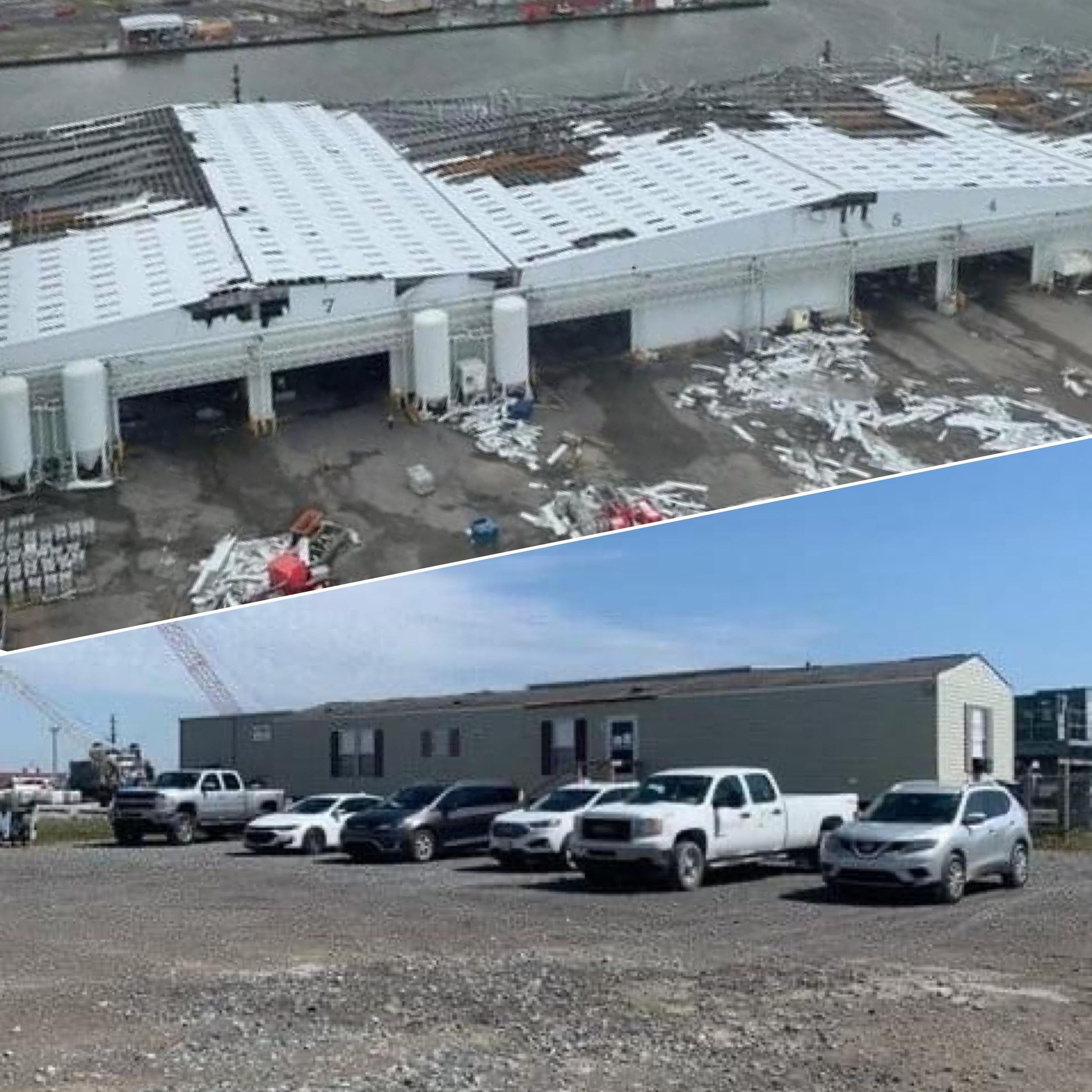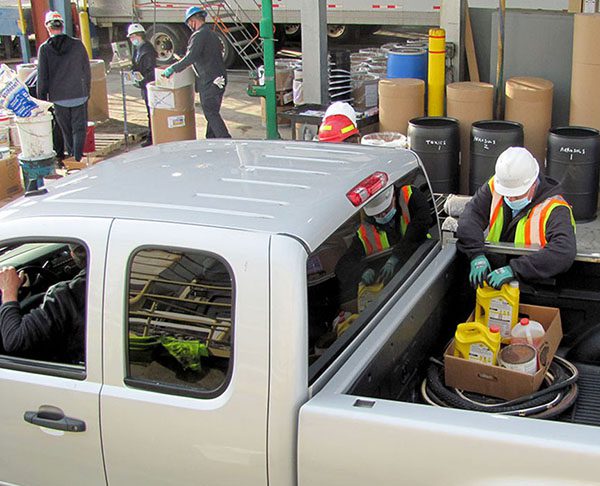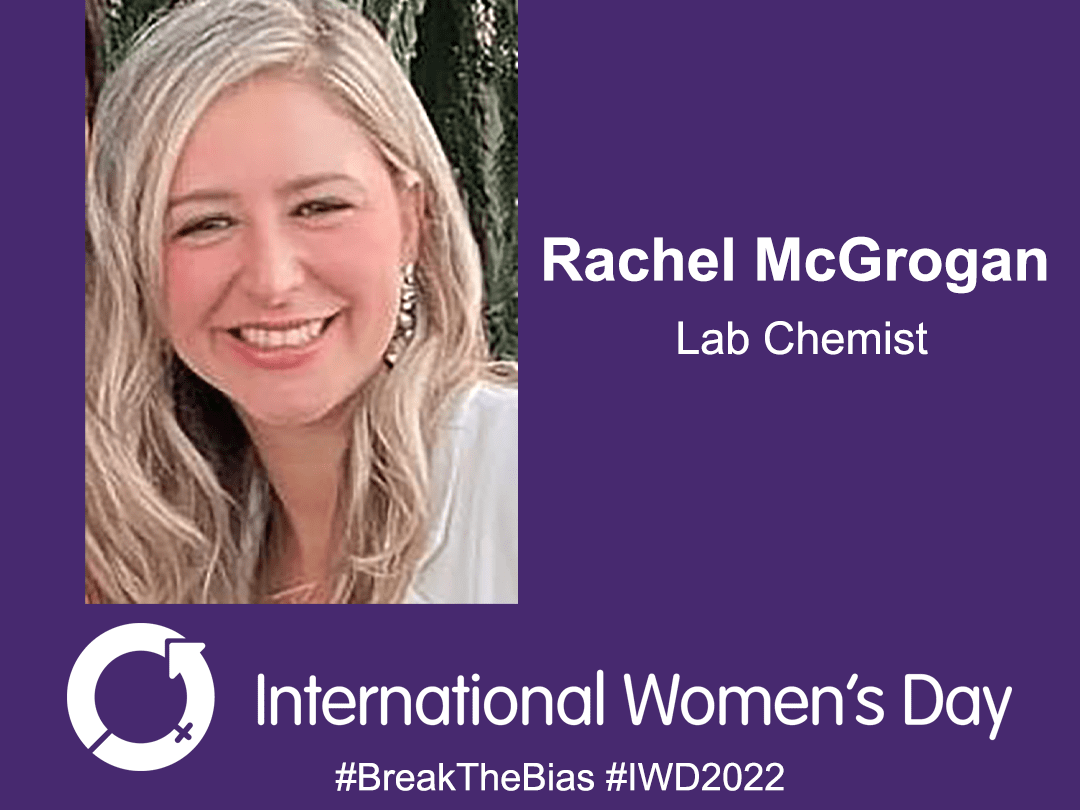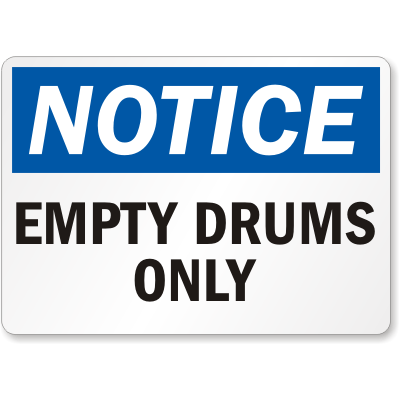
You know the phrase “you learn something new every day?” I sometimes wonder about that. I saw a card once that reflected my feelings pretty perfectly. It said something like, “I disagree with the idea that you learn something new every day. I think there are some days when I learn nothing at all, and in fact, forget some things.” But I am happy to say that today was one of those days when I did learn something!
Now for some of you this will probably not be new news but hopefully I will still provide you with some helpful information about what I learned. So, to alleviate the suspense (assuming you didn’t guess from the title of this post) I learned today that there is a difference between “empty” and “RCRA empty.”
Now I realize that regular hazardous waste generators may be thinking to themselves, “Yeah, we knew this…” But I found it pretty interesting and decided to look into it a little more. Generally, we think of something as empty when it appears empty to the naked eye. However, hazardous containers that are defined as ‘RCRA empty’ are not subject to EPA regulation even when residue remains.
So what makes a container RCRA empty? I learned that there are two general (common) answers as well as a third less common condition. To begin, we will determine if the waste was acutely hazardous.
What is an acutely hazardous waste?
An acutely hazardous waste is one that is P listed or designated with the sub-code H. In layman’s terms, acute hazardous waste is waste that is considered to present a substantial hazard whether managed properly or not. If your waste is acutely hazardous, there are a few ways you can make the container RCRA empty.
How do I make a container holding acutely hazardous waste RCRA empty?
The first way is applicable if your container has an inner liner. If it does you just need to remove it and you’re good to go (in terms of your container being empty, you still need to properly dispose of the liner). If your container doesn’t have a liner you need to triple rinse the container with an appropriate solvent. If triple rinsing is inappropriate you must check with the EPA and local government to determine an alternate method.
What if the waste is not acutely hazardous?
If the waste in your container is not acutely hazardous you can use practices that are commonly employed, industry-wide, to empty them to EPA regulated levels. Common methods for emptying are pouring, pumping, and draining. When emptying there are a few rules that constitute “empty.” Firstly, there can be no more than 1” remaining, no more than 3″ waste for small containers and no more than .3″ for large containers.
What is the third condition?
The third condition refers to gas cylinders. Containers holding compressed gasses are considered empty when the pressure in the container approaches atmospheric pressure.
What happens to residues in a container?
Residues which are removed from a container (like liners) are fully subject to RCRA and may or may not be considered hazardous based on waste determination. Residues in the container, however, are considered exempt and are non-regulated.
And as always, this information may not be all-inclusive and it is always best to check 40 CFR and your state regulations for the most up-to-date information.
More News From Heritage
-
Published Articles 8/2/22
How Safety, Maintenance, and Reliability Are Intertwined
VP of Health and Safety Jim Mangas discusses the importance of plant safety, maintenance, and reliability (featured in BIC Magazine July/Aug '22)
-
Blogs 7/28/22
Spotlighting Our Environmental Interns
Highlighting some of the wonderful interns we have at Heritage this year!
-
Blogs 7/11/22
Turning Hazardous Waste into an Alternative Fuel
In this blog we walk you through the process of fuel blending, where we can turn hazardous waste materials into a viable alternative fuel source.
-
Community News 6/15/22
2022 Habitat for Humanity Build
Our 12th annual Habitat for Humanity Build
-
Blogs 4/13/22
After Hurricane Ida, Our Port Fourchon Office Rebuilds
On August 28th, 2021, the Louisiana coast was battered by Hurricane Ida. This included our Port Fourchon Service Center, where the devastating hurrica
-
Community News 4/7/22
Heritage readies for Earth Day HHW collection in East Liverpool
Heritage Thermal Services is pleased to announce that its collection of household hazardous wastes for the East Liverpool area returns for 2022.
-
Published Articles 4/2/22
The Impact of Changing Conditions
VP of Health and Safety Jim Mangas discusses preparedness for unexpected conditions during a project. (featured in BIC Magazine March/April '22)
-
Blogs 3/11/22
International Women’s Week Spotlight – Rachel McGrogan
Rachel McGrogan speaks about her time as a Lab Chemist at Heritage.
